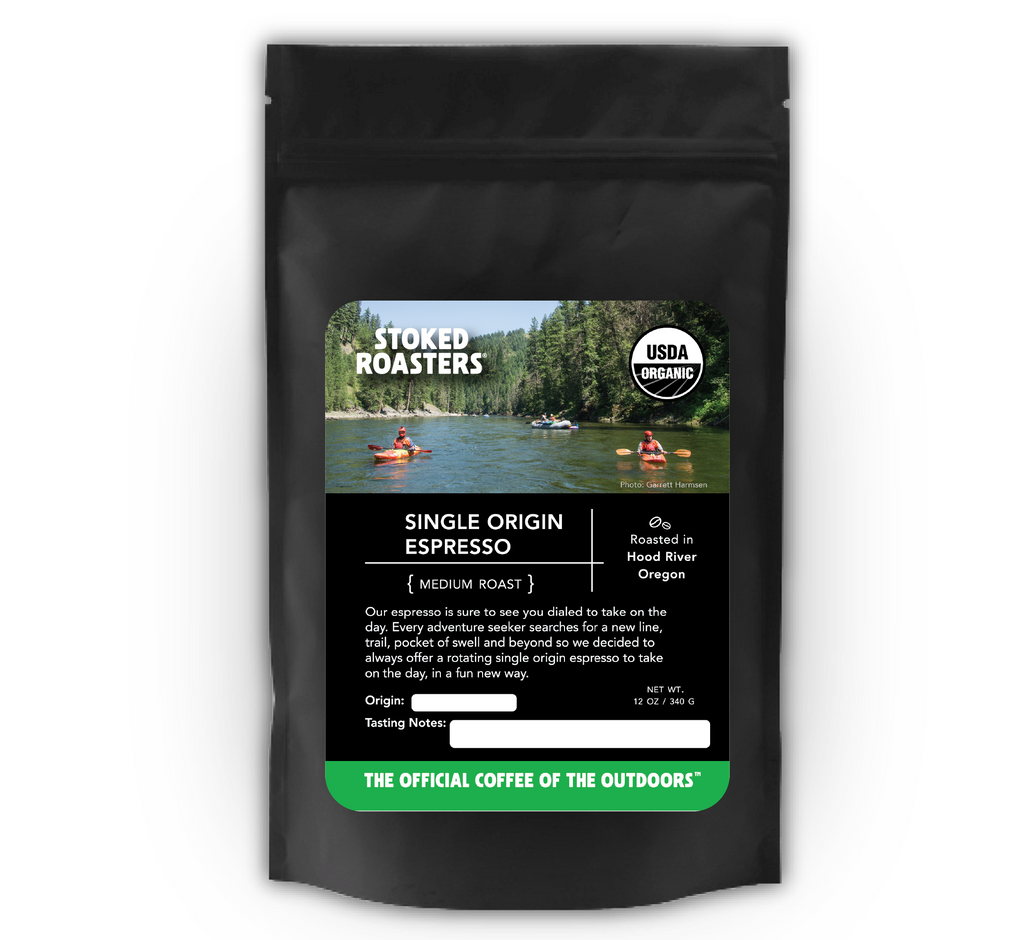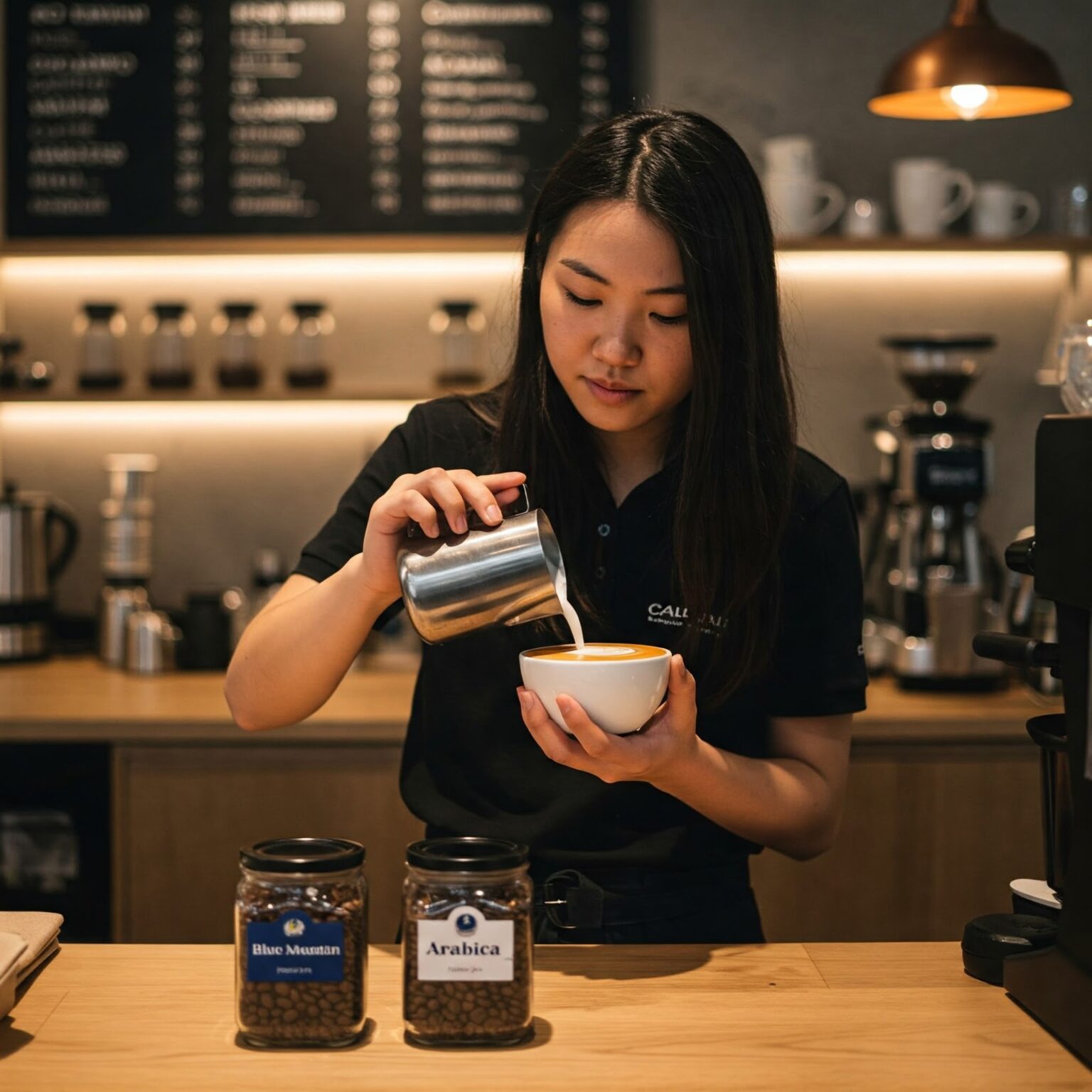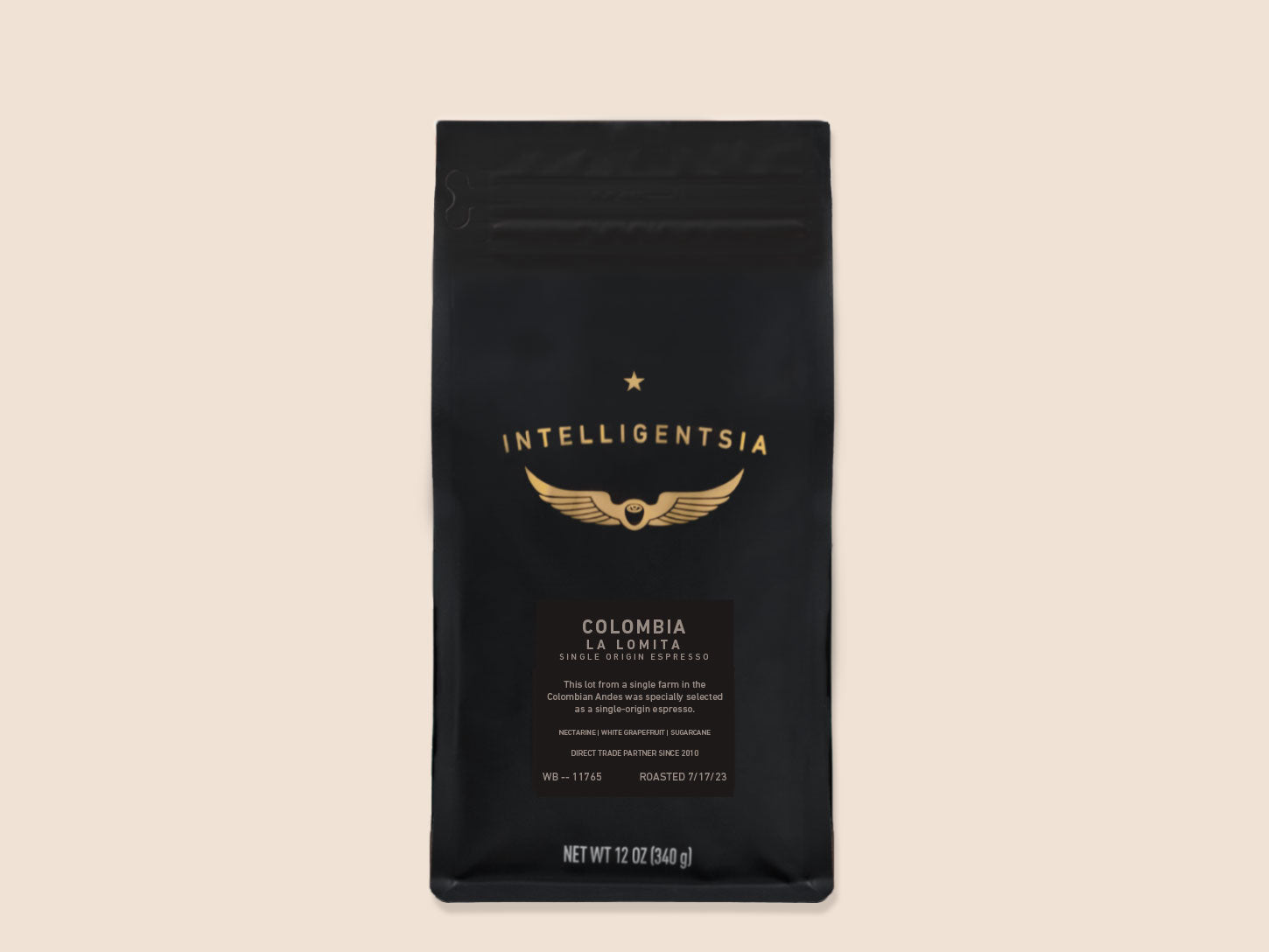Why Espresso Fans Prefer SOE Single Origin Espresso for Authenticity
Why Espresso Fans Prefer SOE Single Origin Espresso for Authenticity
Blog Article
Checking Out the Rich Flavors of Coffee Beans: a Deep Dive Into Coffee and Blended Coffee Beans
When you explore the abundant flavors of coffee beans, you reveal a complex globe where each selection brings its very own personality to your mug. Recognizing the beginnings, processing techniques, and roasting strategies can change your coffee experience. As you navigate through the art of espresso and the imagination behind blended coffees, you'll start to appreciate the subtleties that make each sip unique. What you'll uncover following could transform the way you appreciate your early morning mixture.
The Origins of Coffee Beans: Exploring Terroir and Taste Profiles
When you take a sip of coffee, you're not simply delighting in a beverage; you're experiencing an abundant tapestry of tastes formed by the beans' origins. Each area produces distinct flavor profiles affected by altitude, environment, and dirt. Beans from Ethiopia usually burst with brilliant, fruity notes, while those from Colombia have a tendency to provide a balanced, nutty sweetness.
As you explore different beginnings, you'll discover exactly how terroir-- the environmental variables impacting a crop-- plays a crucial duty - Single Origin Espresso. The very same coffee range can taste dramatically various depending upon where it's expanded
When you take into consideration these elements, you start to appreciate the complexity behind your cup. Each sip narrates of the land and the farmers who supported the beans. Following time you indulge, think concerning the trip your coffee took prior to it reached your hands, and savor those elaborate flavors that show its beginning.
Understanding Coffee: The Art and Scientific Research Behind the Brew
When you think of espresso, it's not simply about the strong taste; it's additionally about the methods that bring it to life. Comprehending how different prep work techniques influence taste can change your developing experience. Allow's discover the intricacies of espresso preparation and uncover the special taste profiles that make each cup special.
Coffee Preparation Techniques
Coffee preparation is both a scientific research and an art, combining specific methods with a deep understanding of coffee. To start, you'll intend to select high-grade, newly baked beans and grind them carefully for suitable extraction (Single Origin Espresso). The grind size is essential; also rugged, and your coffee will certainly be weak, as well fine, and it'll be bitter
The result must be a rich, creamy espresso with an attractive layer of crema on top. With technique, you'll master these methods.
Taste Profiles Clarified
The world of coffee offers an abundant tapestry of flavor accounts that can elevate your coffee experience. You'll see an equilibrium of resentment, sweetness, and level of acidity when you take that very first sip. Each coffee bean lugs one-of-a-kind notes, from flower and fruity to nutty and chocolaty. Light roasts usually display brilliant acidity and lively flavors, while dark roasts existing much deeper, bolder tones.
A well-crafted mix could harmonize the brilliant notes of an Ethiopian bean with the abundant, chocolatey undertones of a Brazilian bean. Accept the trip of uncovering coffee's varied flavors, and you'll transform your coffee routine right into an interesting journey.
Handling Approaches: Just How They Influence Taste and Aroma
While it may seem that the origin of coffee beans is the most substantial aspect in identifying their taste and scent, the processing methods used post-harvest play a just as essential role. You'll locate that these approaches can drastically alter the last preference account of your cup.
For example, the washed procedure gets rid of the fruit from the beans prior to fermentation, usually bring about a cleaner, brighter taste. The natural procedure leaves the fruit undamaged throughout drying out, resulting in a sweeter, fruitier profile.
Other approaches, like honey handling, strike an equilibrium, allowing some fruit mucilage to remain, giving a special complexity.
Each handling strategy interacts with the beans' inherent characteristics, boosting or muting particular tastes and scents. When you sip that espresso or blended coffee, keep in mind that the journey from cherry to cup is affected not simply by beginning yet likewise by just how those beans were refined.
Roasting Methods: Opening the Complete Potential of Coffee Beans
Roasting strategies are essential for revealing the full potential of coffee beans, as they change raw, green beans right into the aromatic, tasty coffee you delight in. The option of toasting approach-- light, medium, or dark-- substantially influences taste accounts.
You can try out toasting times and temperatures to discover your excellent brew. A slower roast at reduced temperatures permits intricate flavors to develop, while a quicker roast can increase resentment. Take notice of the cracks during toasting; the first fracture indicates a light roast, while the 2nd split signals a dark roast. By grasping these strategies, you'll disclose a globe of taste, raising your coffee experience to brand-new elevations. Take pleasure in every sip, knowing the care that went right into your cup!
The Magic of Blended Coffee: Producing Distinct Flavor Experiences
Creating a special taste experience with mixed coffee can change your early morning ritual into an exploration of preference. By incorporating various beans from various areas, you can expose a harmony of flavors that boost your mug to brand-new elevations. Each blend offers a distinct profile, balancing sweetness, acidity, and body to produce something truly special.
When you choose a mix, you're not simply selecting a coffee; you're choosing a trip across varied landscapes and cultures. Explore various combinations allows you to uncover your individual favorites, whether you enjoy fruity notes or rich, chocolatey touches.

Sampling Notes: Recognizing the Subtleties in Your Mug
As you drink your coffee, you may discover a range of flavors dancing on your palate, each disclosing the ins and outs of the beans. You may taste the brilliant level of acidity similar to citrus or the deep, abundant notes akin to dark delicious chocolate. The sweet taste can stimulate honey or caramel, stabilizing the total account perfectly.
Take note of the body of the coffee-- does it feel airy and light, or is it complete and creamy? The coating, also, supplies hints; a remaining aftertaste may hint at nuttiness or flower undertones.

Don't neglect to explore the unique attributes of different origins, as each area imparts distinctive tastes - Single Origin Espresso. Ethiopian coffees commonly existing fruity notes, while Colombian beans could display a more rounded sweet taste. By recognizing these subtleties, you'll strengthen your admiration for each and every mug, elevating your coffee experience to brand-new elevations

Brewing Methods: Taking Full Advantage Of Flavor Extraction for each Bean
When you discover the numerous developing methods, you'll discover that each technique can dramatically affect the flavor profile of your coffee. From French press to pour-over, each approach extracts different compounds, enhancing or silencing particular notes. Using a French press allows oils to remain in the mixture, creating a richer preference, while pour-over stresses clarity and brightness.
Temperature and grind size also play essential functions. A coarser work functions best for cool brews, while a fine work is suitable for espresso. Trying out water temperature-- between 195 ° F and 205 ° F-- Single Origin Espresso can disclose covert flavors, too.
Do not ignore steeping time; a fast extraction can result in sour notes, while over-extraction may generate anger. By readjusting these variables, you can make best use of taste removal and really raise your coffee experience. Take pleasure in the journey of uncovering what approach best fits your taste buds!
Often Asked Questions
What Is the Perfect Water Temperature for Developing Coffee?
The perfect water temperature level for developing coffee's between 195 ° F and 205 ° F. If you utilize water that's as well warm, you'll over-extract tastes; too chilly, and you will not extract sufficient. Go for that sweet area for the best mixture!
Exactly How Does Grind Size Impact Coffee Taste?
Work dimension substantially impacts coffee taste. Better grinds remove extra flavors and oils, leading to a bolder taste, while coarser grinds return a lighter taste. Changing work dimension helps you accomplish your preferred coffee account.
Exist Health Benefits Related To Alcohol Consumption Coffee?

What Is the Distinction In Between Arabica and Robusta Beans?
Arabica beans are smoother and sweeter, commonly including fruity tastes, while robusta beans are stronger with a bitter taste and greater high levels of caffeine content. You'll notice these distinctions in fragrance and developing experience.
How Can I Shop Coffee Beans for Freshness?
To save coffee beans for freshness, keep them in an airtight container, far from dampness, light, and heat. If you just grind what you require right prior to brewing., you'll keep their taste much longer.
Exploring the Abundant Tastes of Coffee Beans: a Deep Dive Into Coffee and Blended Coffee Beans.
When you check out the abundant tastes of coffee beans, you uncover a complicated world where each range brings its very own character to your cup.When you take a sip of coffee, you're not just enjoying a drink; you're experiencing an abundant tapestry of flavors shaped by the beans' beginnings.Roasting methods are crucial for exposing the full possibility of coffee beans, as they change raw, environment-friendly beans right into the aromatic, flavorful coffee you appreciate.As you sip your coffee, you could observe a spectrum of tastes dancing on your taste buds, each disclosing the ins and outs of the beans.
Report this page